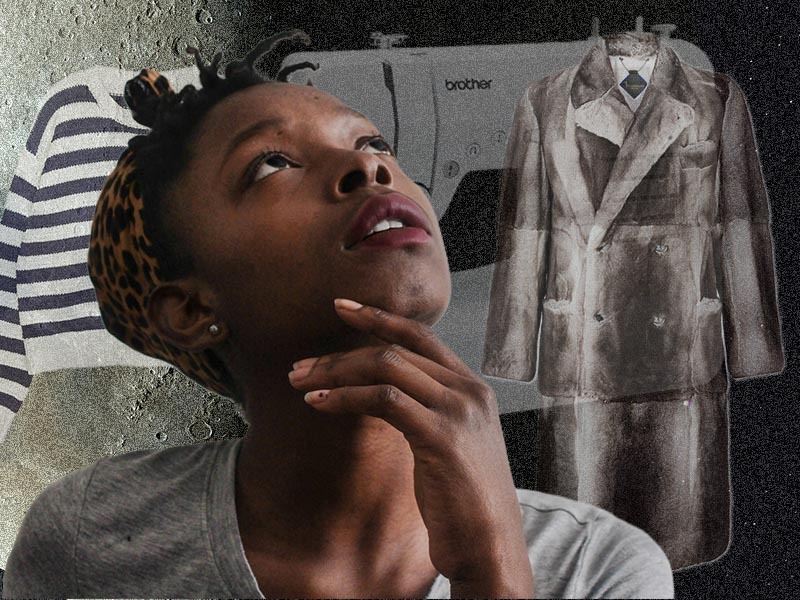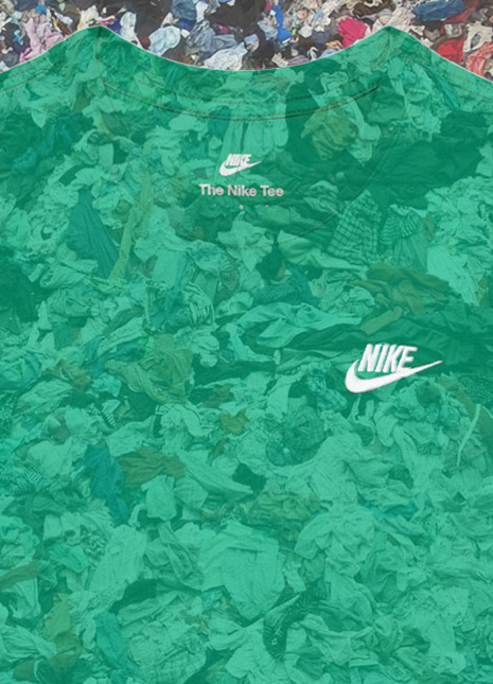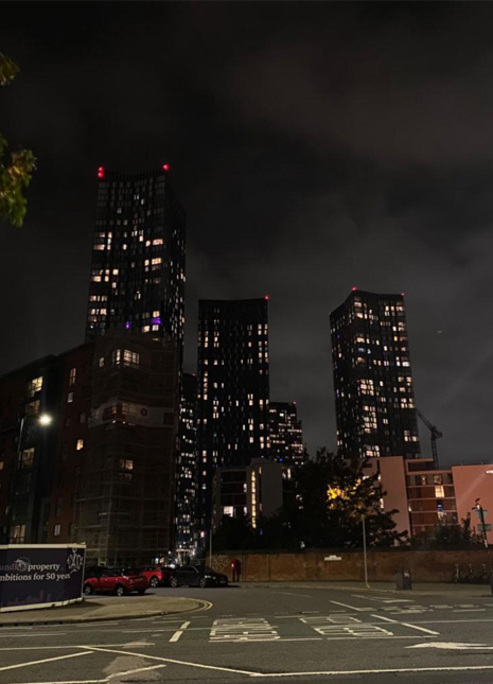
The Comeback Of Topshop
Nostalgia or missed lesson?
Topshop, once the shining star of the British High Street, is staging a comeback. After years of absence, only being available through ASOS online, the retailer has returned to physical locations, with a catwalk show in Trafalgar Square. The great mass of this event is evidenced by its star-studded front row: Cara Delevingne, Adwoa Aboah, and Alva Claire, even being attended by London Mayor. It was a theatrical rekindling of Topshop’s former magic – with faux fur coats, zebra prints, and, of course, the staple Jamie and Joni jeans: it was as though we had entered a time portal and returned to 2010.
For many, this comeback raises more questions than excitement.
What Happened to Topshop?

Topshop was once synonymous with affordable cool. Its collaborations, bold trends, and iconic Oxford Circus flagship made it a destination for fashion-conscious young women. Yet behind the gloss, the realities of fast fashion caught up with the brand. Its parent company, Arcadia Group, collapsed into administration in 2020. Soon after, Topshop was sold to ASOS, its flagship store closed, and the brand seemed consigned to nostalgia.
At its height, Topshop managed to do what few High Street retailers could: keep pace with catwalk trends and create a sense of exclusivity at affordable prices. But the fast fashion model has faced increasing backlash. Consumers became more aware of the environmental toll: landfills overflowing with polyester dresses, and supply chains that relied on underpaid garment workers in unsafe conditions.
The Return

Fast forward to 2025, and Topshop has relaunched its standalone website and is opening new stores. The relaunch show was billed as a fresh chapter, but it felt eerily familiar. Clothes were largely the same – polyester dresses, acrylic jumpers, cotton-blend polos – without any real transparency about sourcing or sustainability. For a brand that once attempted to keep up with sustainable practices, such as its “Reclaim to Wear” line made from factory leftovers, the absence of meaningful progress is telling.
Fashion Prediction

Looking ahead, Topshop’s success will likely hinge on whether it can reposition itself as more than a nostalgia act. The brand is trying to straddle two audiences: the millennials who fondly remember their Jamie jeans, and Gen Z shoppers whose fashion choices are increasingly shaped irreconcilably by TikTok micro-trends and sustainability discourse. While “indie sleaze” and Y2K throwbacks are thriving online, Gen Z consumers are also the most vocal about ethical consumption. Unless Topshop bridges this divide, by pairing nostalgic aesthetics with real transparency and sustainable production, the comeback risks fading quickly. Competitors like Zara and Shein already dominate with speed and affordability; Topshop will need a sharper identity to stand out.
The Dark Side of the Comeback

For critics, the relaunch epitomises fashion’s refusal to reckon with its consequences. Liv Simpliciano of Fashion Revolution told the BBC: “The world is burning, garment workers are still denied a living wage while being on the frontlines of a climate crisis they did not create, and fashion’s carbon footprint is ballooning out of control.”
Her words are highly indicative of the wider issue the microcosm of Topshop reveals: why are we celebrating if a decade later, there is no change? Behind the masque of animal print and the British nostalgia remains unsustainable textiles and inhumane production.
What This Means for Fashion:

The return of Topshop reflects both the enduring allure of nostalgia and the stubborn resilience of fast fashion. Shoppers may flock back out of sentimentality, but the brand’s long-term survival will depend on whether it can genuinely evolve. Without transparency, innovation, and sustainability, the comeback may be little more than a shallow distraction: a reminder that fashion still struggles to learn from its past.











